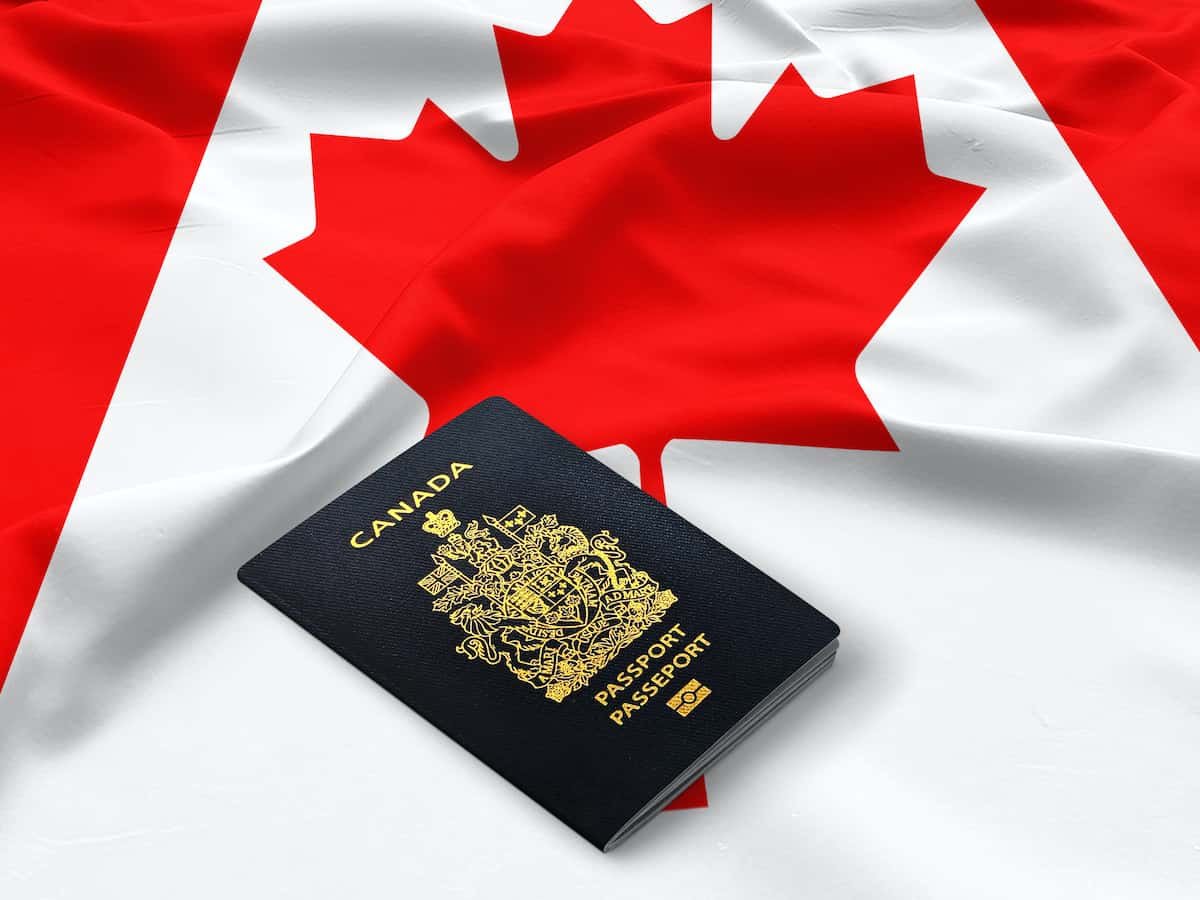Canada’s Post-Study Work Permit Sees Major Policy Changes for International Graduates
Grab your coffee (or jollof, we don’t judge) and settle in because if you’ve ever dreamed of studying and staying back in Canada, there’s been a plot twist. On June 25, 2025, Canada officially updated its Post-Graduation Work Permit (PGWP) program, and the internet’s been buzzing ever since. These changes are big, bold, and bound to affect thousands of international students. But before you panic (or party), let’s break it all down.
What is the PGWP Again?
The Post-Graduation Work Permit allows international students who complete certain educational programs in Canada to stay and work in the country—often for up to 3 years. It’s the bridge between studying and potentially becoming a permanent resident.
In simple terms: finish school, get your papers, get a job, start your new life in Canada. Easy, right?
Well… now the bridge has new toll gates. Here’s What You Need to Know (and Why It’s a Big Deal)
What Just Changed?
The Canadian government says these changes aim to “align international education with labor market needs.” Translation? They want graduates working in sectors where Canada really needs help, not just chilling in retail with a master’s degree.
Here’s the scoop:
1. New Focus on In-Demand Fields
- Canada added 119 new programs that now qualify for the PGWP. Think healthcare, STEM, skilled trades, social work, transportation, and teaching.
- Meanwhile, 178 programs were kicked off the list; mostly general arts and niche media fields with lower employment prospects.
- As of now, only students enrolled in approved programs will be eligible.
2. Timing Matters
- If you applied for a study permit before June 25, 2025, congrats! You’re grandfathered in, meaning you’ll still qualify even if your course has been removed.
- But if you’re applying after June 25, you must pick a program from the new approved list.
3. Language Requirements (Yes, More English Tests!)
Starting from November 1, 2024:
- Degree holders need CLB 7 (equivalent to IELTS 6.0+).
- Diploma or certificate holders need CLB 5.
What Does This Mean For You?
Let’s say you’re a Nigerian student dreaming of studying media or mass comms in Toronto—you might need to rethink. But if you’re diving into nursing, IT, robotics, early childhood education, or truck driving, Canada’s rolling out the welcome mat (and maybe a job offer, too).
Oh, and if you’re already studying or have your permit? Breathe easy. You’re safe. Just don’t miss any deadlines.
So, What Should You Do?
- Check if your program is still eligible on Canada’s official list.
- Write your English test early—don’t let CLB 7 sneak up on you.
- Talk to your school’s international office for tailored advice.
- Apply smart: Aim for programs that lead to real job openings in Canada.
Final Thoughts
This PGWP overhaul is Canada saying, “We love you—but please help us fill real jobs.” It’s a push for smarter immigration, and for students, a nudge to choose wisely.
So whether you’re a budding computer scientist, a future paramedic, or a teaching superstar, this might just be your moment. But if your heart’s in a creative field, don’t be discouraged—just plan ahead, stay informed, and maybe add a data analytics minor while you’re at it 😉
If you enjoyed this article, click here to read more informative posts, also check us out on Instagram for fun and engaging content.
Disclaimer: The opinions, views, and information expressed in this article are those of the author and do not necessarily reflect the official policy, position, or views of iNaijanow. The company assumes no liability for any errors, omissions, or damages arising from the use of this information.
















